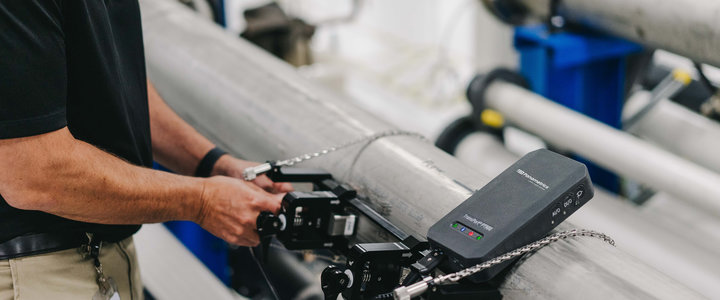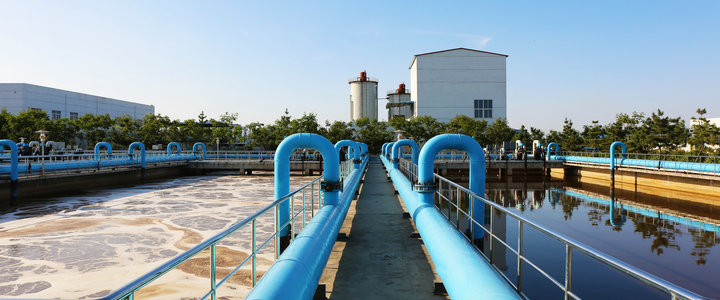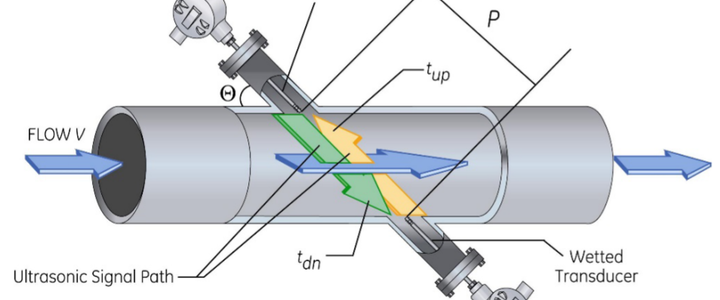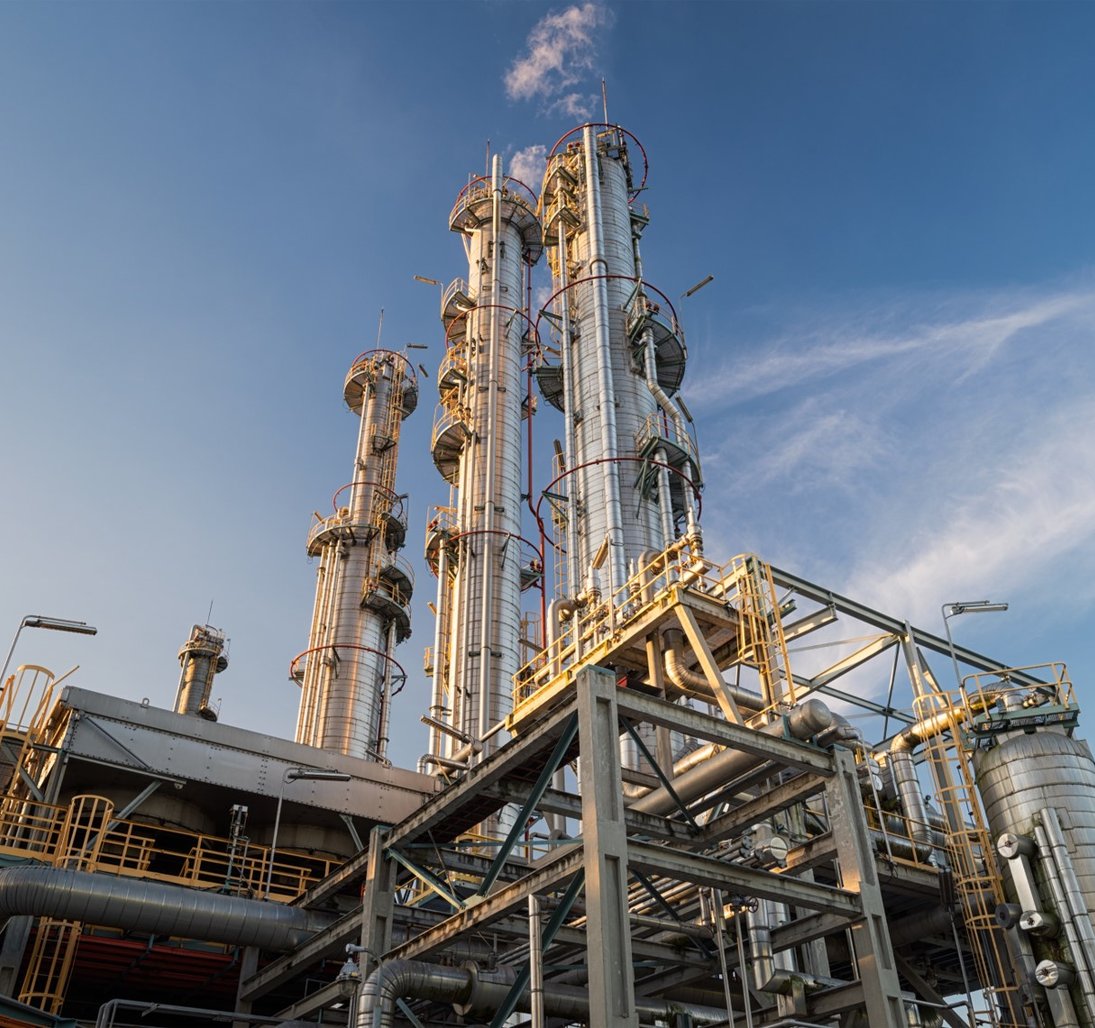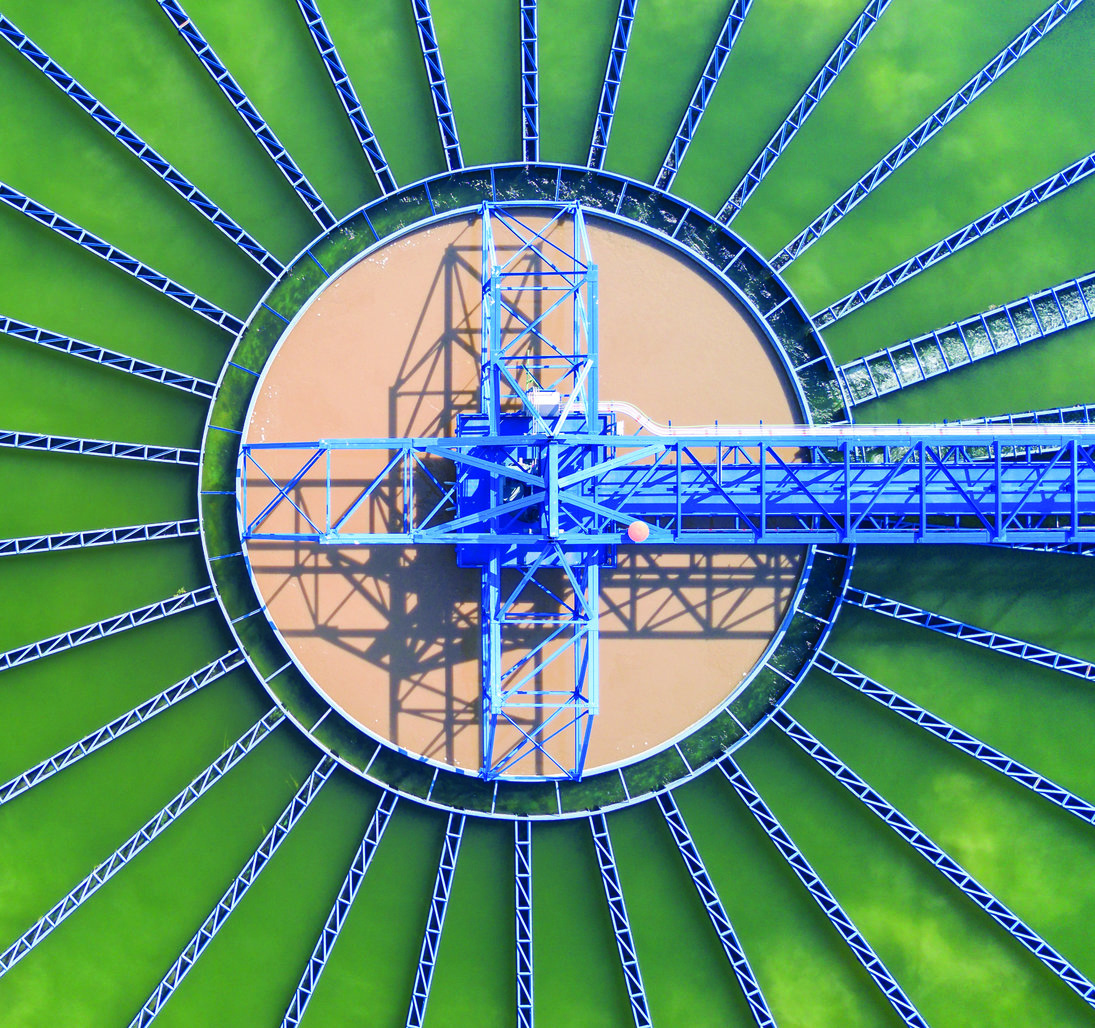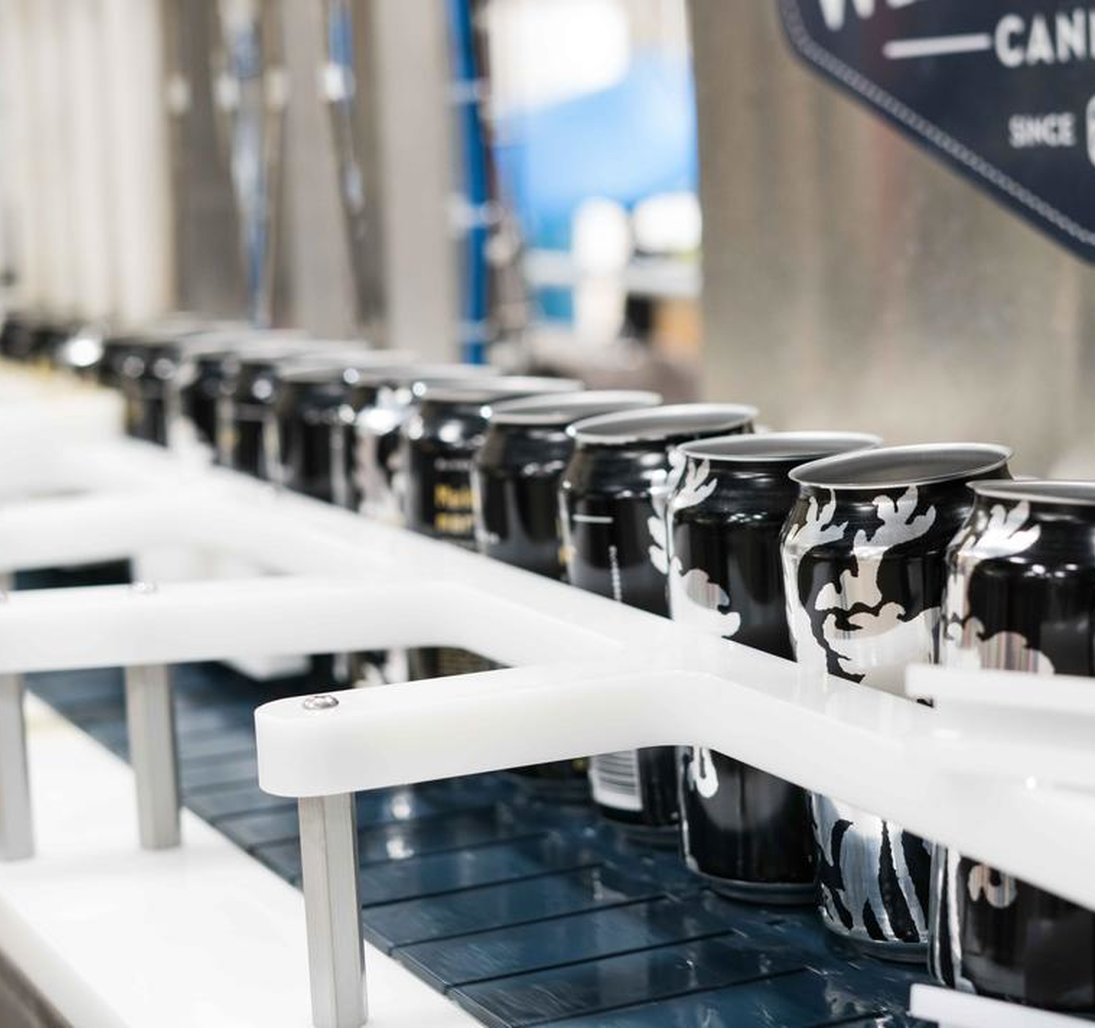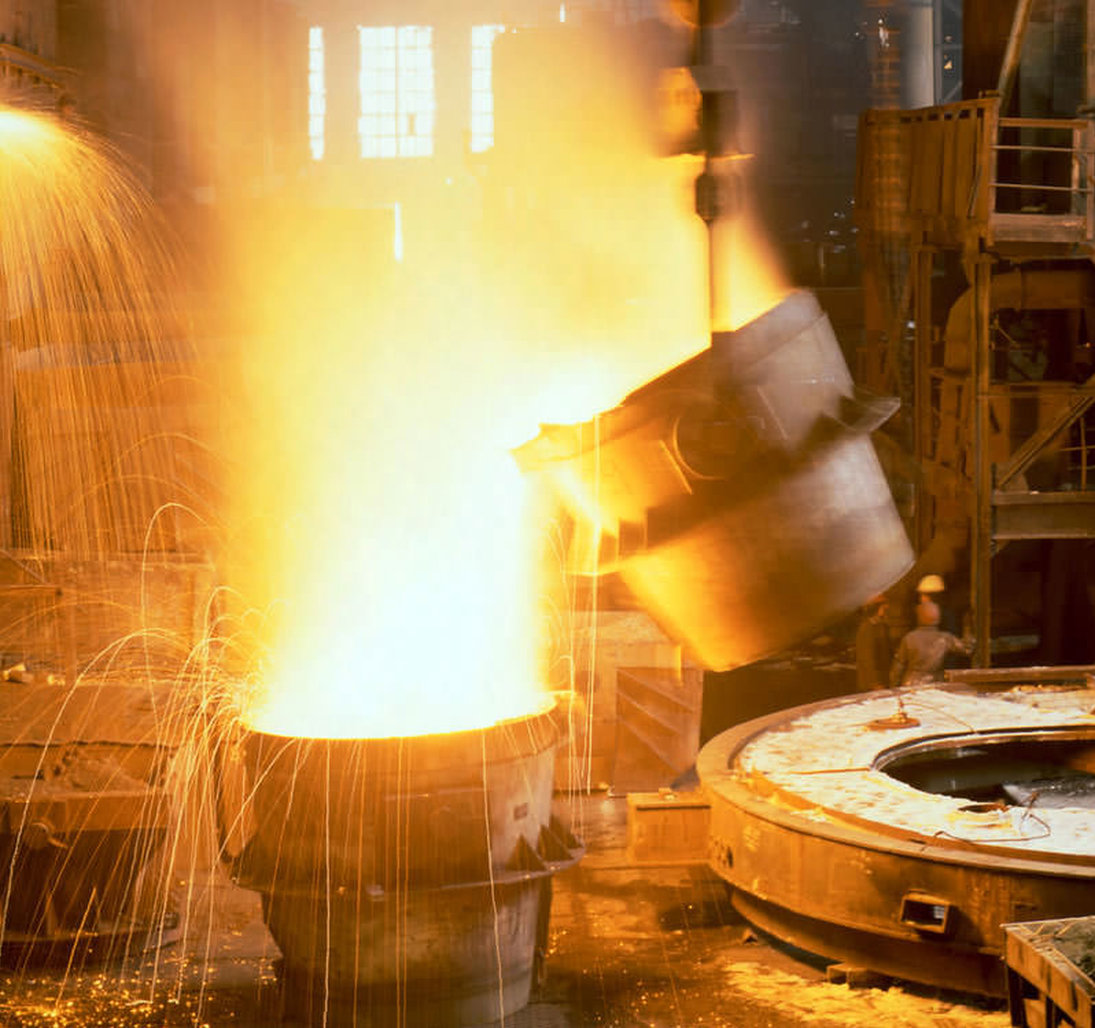Baker Hughes 사업부인 Panametrics의 휴대용 제품군은 초음파 액체 및 기체 클램프온 유량계인 TransPort PT878GC(기체)와 TransPort PT900(액체)을 포함합니다. 이러한 초음파 유량계는 초음파를 활용하여 액체나 기체의 속도("유량"이라고도 함)를 측정하며 폐수와 다양한 연료부터 천연 가스, 압축 공기까지 폭넓은 액체 및 기체와 관련해 활용됩니다.
이러한 유량계를 배관 시설에 부착하면 파이프 내 유량을 측정할 수 있습니다. 빠르게 설치하고 측정값을 확인할 수 있어 중단 없이 프로세스를 계속 진행할 수 있습니다. 또한 휴대성이 뛰어나 장치를 여러 측정 위치로 옮길 수 있어 부분적인 유량을 확인하거나 유량계의 성능을 검증하거나 장치를 일시적으로 설치하는 작업이 쉬워집니다.

TransPort® PT900
TransPort PT900은 휴대용 초음파 액체 클램프온 유량계입니다. 배관 시설에 쉽게 부착하여 파이프 내의 유량을 측정할 수 있습니다. 파이프를 자르지 않아 지연과 가동 중단이 발생하지 않습니다. 또한 PT900을 사용해 다른 수치를 부분적으로 확인하거나 임시 시설에 대한 배포 작업을 진행할 수 있습니다.
이제 Android와 iOS 모바일 장치에서 TransPort PT900용 앱을 다운로드할 수 있습니다. - iOS 앱 다운로드

TransPort® PT878GC
TransPort PT878 휴대용 기체 유량계는 천연 가스, 압축 공기, 연료 가스, 침식성 가스 및 부식성 가스, 유독 가스, 고순도 가스 및 공기 분리 가스와 같은 대다수의 기체를 측정할 수 있는 완전한 초음파 유량 측정 시스템입니다.
이 유량계는 작업을 계속 진행하면서 몇 분 만에 설치가 가능하여 가동 중단에 따른 비용 부담을 방지할 수 있습니다. 이러한 초음파 기술을 통해 금속을 비롯한 대다수의 재질로 만들어진 파이프 내부의 고압 가스 또는 저압 가스를 측정할 수 있습니다.


